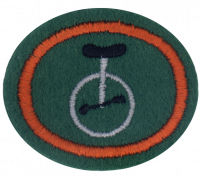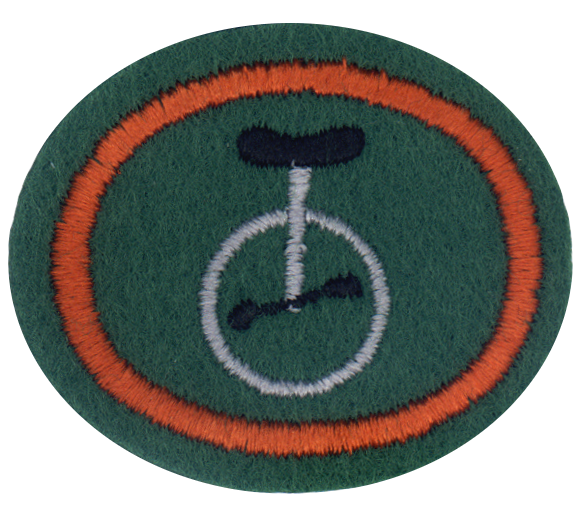Difference between revisions of "AY Honors/Unicycling/Answer Key/es"
From Pathfinder Wiki
< AY Honors | UnicyclingAY Honors/Unicycling/Answer Key/es
(Created page with "{{clear}}") |
|||
| (9 intermediate revisions by 2 users not shown) | |||
| Line 1: | Line 1: | ||
| − | + | {{HonorSubpage}} | |
| − | + | <!--{{Honor Master|honor={{#titleparts:{{PAGENAME}}|1|3}}|master=Recreation}}--> | |
| − | {{ | ||
| − | |||
| − | |||
| − | |||
| − | |||
| − | |||
| − | |||
| − | |||
| − | }} | ||
| − | |||
| − | {{Honor Master | ||
| − | |||
| − | |||
| − | |||
<section begin="Body" /> | <section begin="Body" /> | ||
{{ansreq|page={{#titleparts:{{PAGENAME}}|2|1}}|num=1}} | {{ansreq|page={{#titleparts:{{PAGENAME}}|2|1}}|num=1}} | ||
| Line 53: | Line 39: | ||
{{ansreq|page={{#titleparts:{{PAGENAME}}|2|1}}|num=5}} | {{ansreq|page={{#titleparts:{{PAGENAME}}|2|1}}|num=5}} | ||
<noinclude></noinclude> | <noinclude></noinclude> | ||
| − | <!-- 5. | + | <!-- 5. ¿Cómo se cree que se inventaron los monociclos? --> |
| − | |||
| − | |||
| − | + | {{clear}} | |
| − | + | {{clear}} | |
<noinclude></noinclude> | <noinclude></noinclude> | ||
| Line 65: | Line 49: | ||
{{ansreq|page={{#titleparts:{{PAGENAME}}|2|1}}|num=6}} | {{ansreq|page={{#titleparts:{{PAGENAME}}|2|1}}|num=6}} | ||
<noinclude></noinclude> | <noinclude></noinclude> | ||
| − | <!-- 6. | + | <!-- 6. Reparar un neumático pinchado de un monociclo. --> |
| − | {{: | + | {{:AY Honors/Tire repair/es}} |
<noinclude></noinclude> | <noinclude></noinclude> | ||
| Line 72: | Line 56: | ||
{{ansreq|page={{#titleparts:{{PAGENAME}}|2|1}}|num=7}} | {{ansreq|page={{#titleparts:{{PAGENAME}}|2|1}}|num=7}} | ||
<noinclude></noinclude> | <noinclude></noinclude> | ||
| − | <!-- 7. | + | <!-- 7. Ser capaz de montar libremente, andar 50 metros/150 pies, girar a la derecha y a la izquierda, y con gracia desmontarse, todo sin caerse. --> |
| − | + | {{clear}} | |
<noinclude></noinclude> | <noinclude></noinclude> | ||
{{CloseReq}} <!-- 7 --> | {{CloseReq}} <!-- 7 --> | ||
<noinclude></noinclude> | <noinclude></noinclude> | ||
| − | == | + | ==Referencias== |
| − | |||
<noinclude></noinclude> | <noinclude></noinclude> | ||
| − | + | {{CloseHonorPage}} | |
Latest revision as of 12:04, 15 September 2021
1
Conocer el nombre y el propósito de las diversas partes de un monociclo.
2
Definir estos términos básicos del monociclo:
2a
Montaje libre
2b
Estar parado/andar
2c
Desmontar de manera no planeada
3
Saber qué equipo de seguridad se debe utilizar mientras se utiliza el monociclo y por qué se debe utilizar.
4
Nombrar cinco diferentes clases de monociclos y explicar lo que los hace distintos.
5
¿Cómo se cree que se inventaron los monociclos?
6
Reparar un neumático pinchado de un monociclo.
7
Ser capaz de montar libremente, andar 50 metros/150 pies, girar a la derecha y a la izquierda, y con gracia desmontarse, todo sin caerse.


